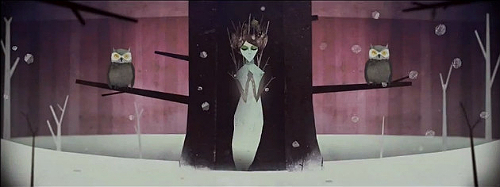I wrote this several years ago as a scattershot attempt to address some of the questions that would later be used as the basis for an interview with Aaron McHardy, lead FIFA designer at EA Canada, published by Paste Magazine last month.
It’s unfocused and weird, but I figured I may as well share.

Sakura
Sports games occupy a strange and troubled position the games industry’s caste system. They’re generally reviled by the self-identified hardcore, despite selling well and representing one of the few examples of traditional games left in the industry. Games demand multiple players following the same sets of rules, a test that, say, Call of Duty’s single-player campaign fails.
Real-time strategy and fighting games pass this test as well as sports games do, but series like Madden and FIFA are the most visible and well-marketed example of traditional gaming.
It’s also worth noting that the nascent mixed-martial arts genre—no doubt standing on the back of the professional wrestling games that blossomed during the mid-1990s—effectively blurs the line between the fighting and sports genres. This seems pretty obvious.
A subtler observation: sports games can act as fulcrum of design a whole.
Here, I defer to Margaret Robertson, who prompted my line of thinking almost three years ago:
Here’s a game design conundrum for you: what do Halo and football have in common? . . .
Continue reading →













/In re: Rick Reilly’s Terrible, Horrible, No Good, Very Bad Defense of the Washington Redskins
This pretty much sums it up.
Rick Reilly, a columnist for ESPN, recently posted an op-ed defending the name and mascot of the Washington Redskins. Read it, ye mighty, and despair. Kissing Suzy Kolber’s response is funnier and more biting, but David Zirin’s offers more salient counter-examples. Read both for a full picture of just how misguided Reilly’s column really is.
It’s not even that there should or shouldn’t be a controversy about the name. It’s that Reilly’s column doesn’t show a hint of nuance, context, or understanding of how race and culture actually work. His position is odious, but it’s also badly and inconsistently argued.
A few things that I haven’t seen mentioned (yet) in the collective Internet’s swift excoriation:
Continue reading →
1 Comment
Posted in (with venom), Blogging, Commentary
Tagged football, NFL, politics, Washington Redskins